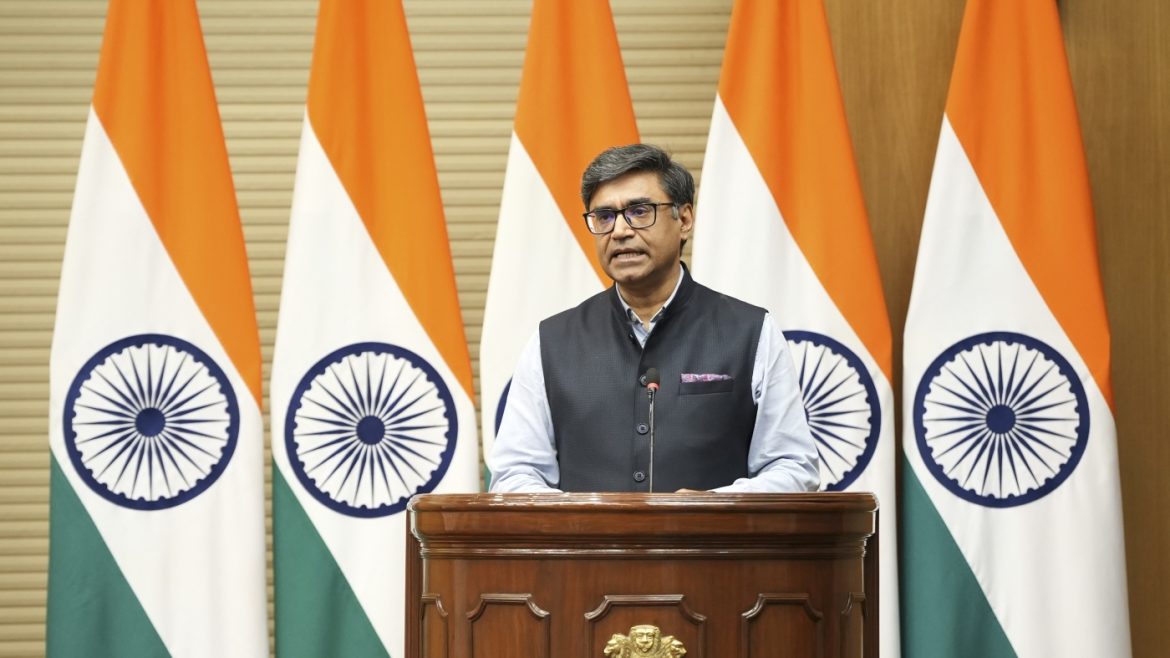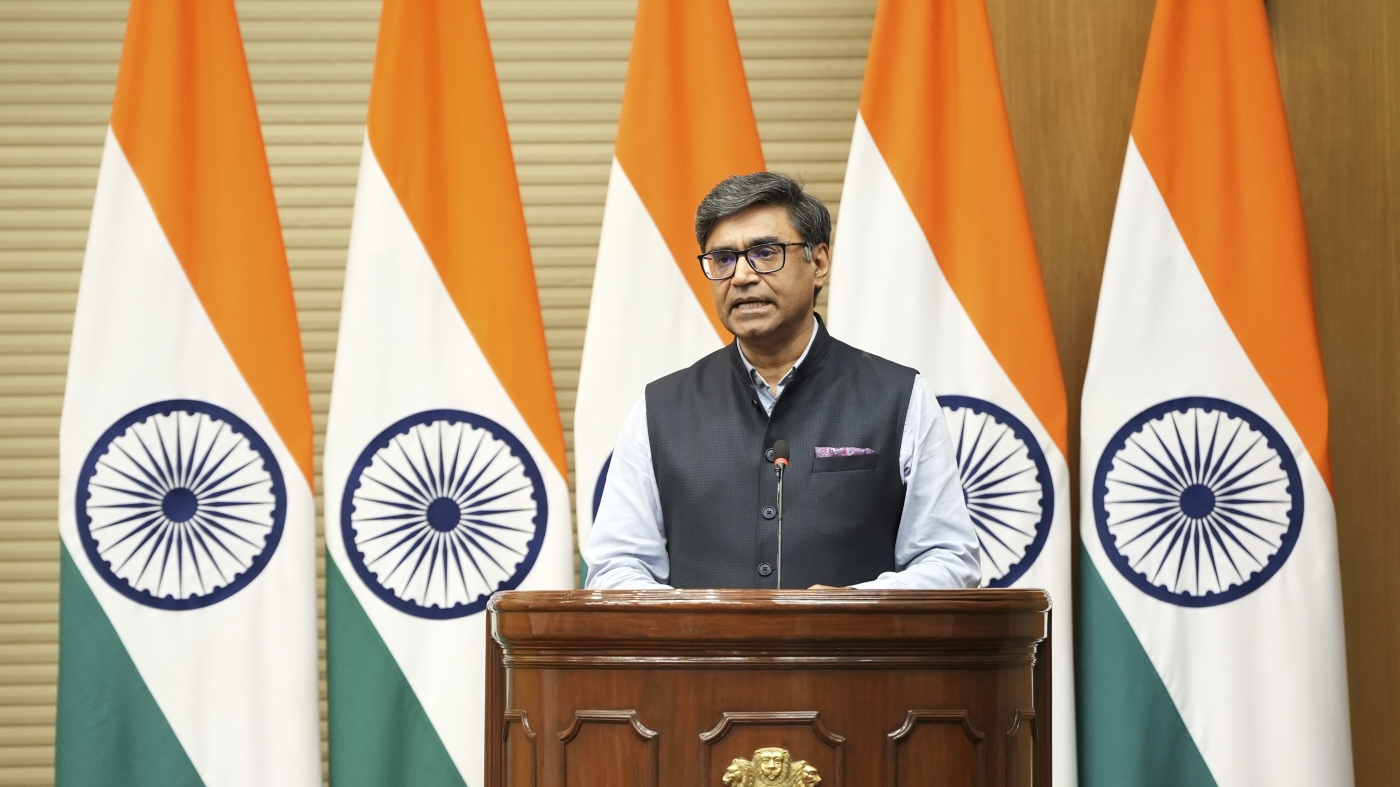India-Pakistan Ceasefire: A Fragile Truce in a Longstanding Conflict
The announcement of a ceasefire between India and Pakistan, brokered by the United States, marked a significant moment in the longstanding conflict between the two nuclear-armed rivals. However, the fragility of this truce was immediately evident as both nations accused each other of violations within hours of the agreement.
The Path to Ceasefire
The ceasefire deal came after weeks of escalating tensions, marked by missile and drone strikes, and deadly clashes across their borders. The immediate trigger for this escalation was a gun massacre of tourists last month, which India blamed on Pakistan. Pakistan denied these charges. The conflict had resulted in dozens of civilian casualties on both sides, raising acute concerns about the potential for a full-scale war.
President Donald Trump announced the ceasefire, describing it as a “full and immediate” halt to hostilities. This announcement followed a series of U.S.-led talks aimed at de-escalating the most serious military confrontation between the two nations in decades. The agreement was expected to bring a swift end to the violence, but the situation on the ground told a different story.
Immediate Violations and Accusations
Just hours after the ceasefire was announced, both India and Pakistan accused each other of violating the agreement. The Indian government reported explosions and drone incursions into Indian airspace, triggering sirens and heightened alert levels. Indian officials, including Foreign Secretary Vikram Misri, confirmed the ceasefire agreement but swiftly accused Pakistan of breaching it. Pakistan, on the other hand, maintained that its actions were in response to Indian provocations, claiming that India had fired first.
The nature of these violations included reports of explosions in Indian-administered Kashmir, specifically in cities like Srinagar and Jammu. Residents and authorities reported hearing blasts and seeing projectiles in the night sky, similar to the events of the previous evenings. These incidents raised questions about the effectiveness of the ceasefire and the commitment of both nations to uphold it.
Military Posturing and Political Rhetoric
The accusations of violations were accompanied by strong military posturing from both sides. Indian officials stated that their armed forces were fully operational and ready to launch whatever operations were necessary in defense of the nation. Pakistan, however, claimed that its soldiers were acting with restraint. This disparity in rhetoric highlighted the deep-seated mistrust and animosity between the two nations.
Pakistan’s Prime Minister, Shehbaz Sharif, claimed a “historical victory” in a TV address, making no mention of the Indian allegations of ceasefire violations. This rhetoric further complicated the diplomatic landscape, as it suggested a willingness to capitalize on the ceasefire announcement for political gain rather than a genuine commitment to peace.
The Role of the United States
The U.S.-mediated ceasefire was a significant diplomatic effort, but its effectiveness was quickly called into question. The U.S. had played a crucial role in facilitating the talks, but the rapid escalation of tensions soon after the agreement underscored the challenges of maintaining peace in a region fraught with historical and territorial disputes.
The Humanitarian Impact
The conflict’s humanitarian impact cannot be overlooked. Dozens of civilians had already lost their lives, and the continued violations of the ceasefire threatened to exacerbate the suffering of ordinary people caught in the crossfire. The fragile nature of the truce raised concerns about the potential for further escalation and the need for sustained diplomatic efforts to ensure lasting peace.
The Way Forward
The ceasefire between India and Pakistan, despite its immediate violations, represents a crucial step in the right direction. However, the path to lasting peace will require more than just diplomatic agreements; it will demand sustained efforts, mutual trust, and a genuine commitment to resolving longstanding grievances.
The international community, particularly the U.S., will need to continue playing a mediating role to ensure that both nations adhere to the ceasefire and engage in meaningful dialogue. The focus should be on addressing the root causes of the conflict, including territorial disputes and historical animosities, rather than merely managing the symptoms of the crisis.
Conclusion: A Fragile Peace
The ceasefire between India and Pakistan is a fragile peace, but it is a necessary first step towards de-escalating a conflict that has cost countless lives and caused immense suffering. The immediate violations and accusations highlight the deep-seated mistrust and animosity between the two nations, but they also underscore the urgency of sustained diplomatic efforts.
The international community must continue to support and encourage both nations to uphold the ceasefire and engage in meaningful dialogue. The path to lasting peace will be challenging, but it is a journey that must be undertaken with unwavering commitment and determination. The people of India and Pakistan deserve a future free from the shadows of conflict and violence, and it is the responsibility of their leaders to work towards that goal.


